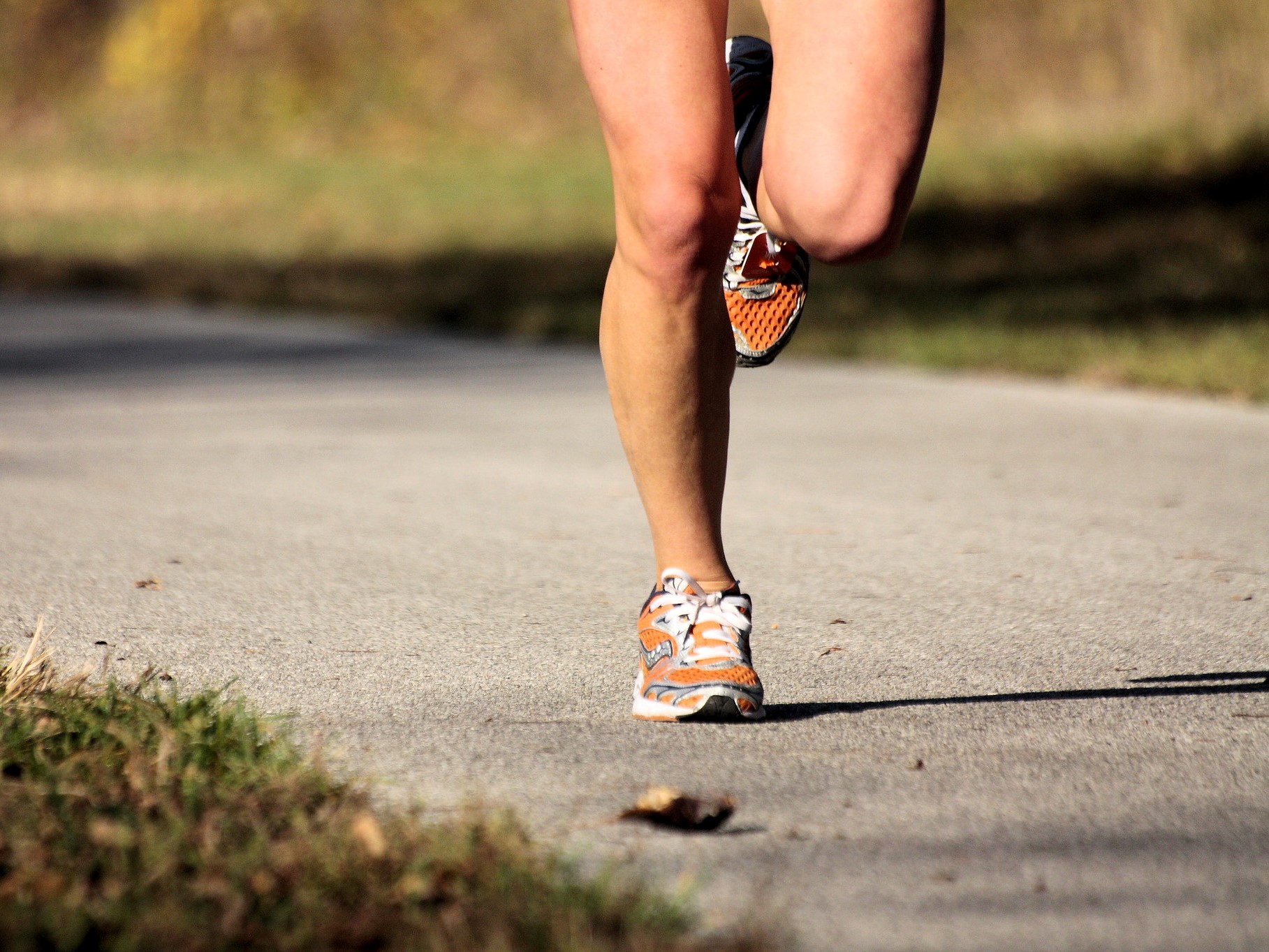Furthermore, another major factor in the prevention of blisters is proper fitting shoes.
In fact, if your shoes are too tight, it increases both the pressure and friction on your feet.
On the other hand, if they are too loose, slipping also increases your chances of blisters.
A properly fitted shoe shouldn’t allow your heel to slip, nor should your toes rub against the front. When trying on shoes, you should have at least a finger’s width between the tip of your toes and the front of the shoe.
Additionally, pay attention to any sewn seams within the shoe, particularly around the toe area.
In fact, those reinforcements are notorious for grinding pinky toes, bunions and causing toes to crunch under each other.
When those seam edges start rubbing against your feet or toes, they can be downright crippling and it’s a perfect environment for blisters and chafing.
Also, it’s a good idea to wear your running socks when trying on new shoes.
Moreover, many long-distance runners upgrade their shoe size by a half or whole step to allow for swelling. Others use heat-molded inserts to properly cradle the foot which helps cut down on friction.

